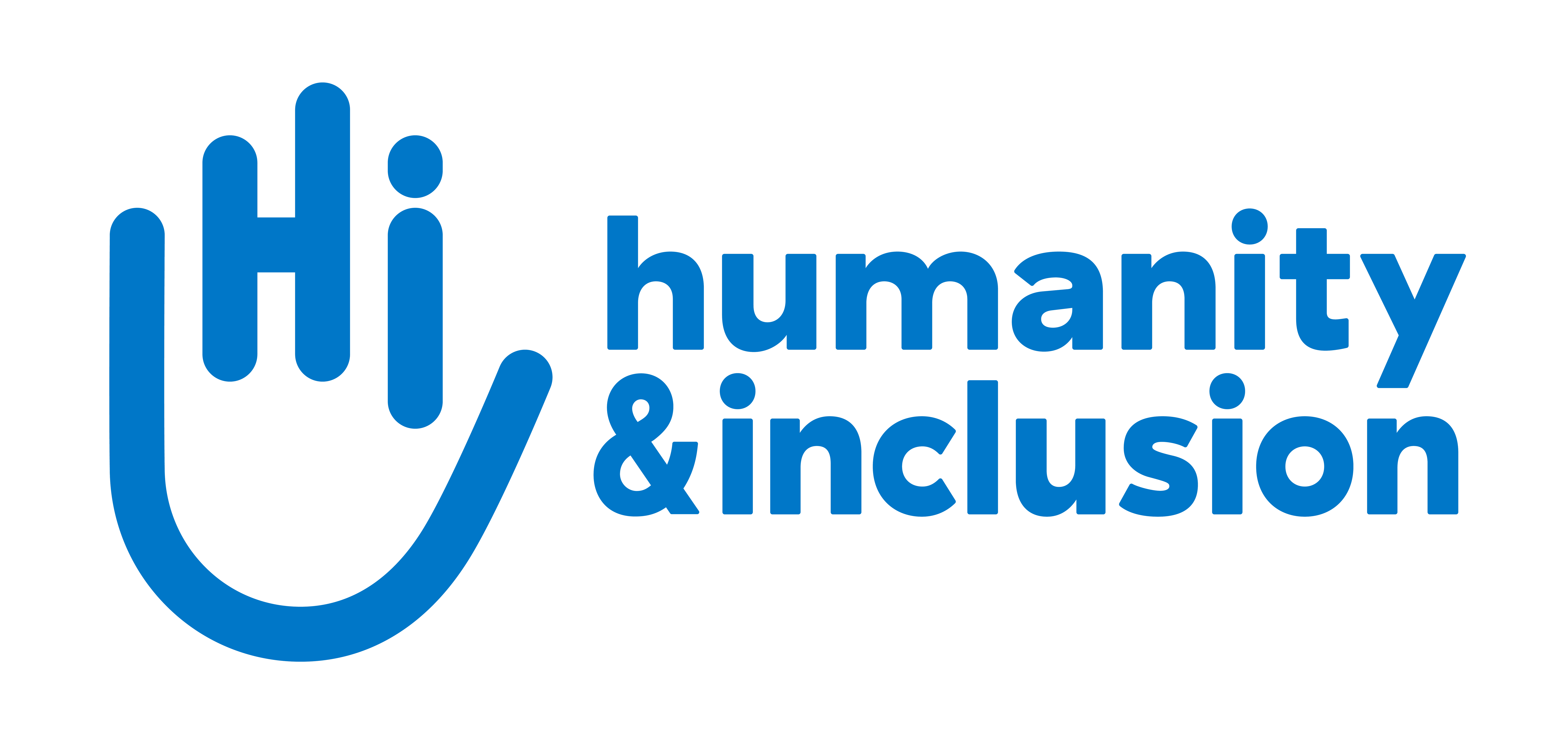Handicap International prepares emergency response in aid of the injured
Since Sunday morning, the organisation’s teams have been preparing to launch an emergency response in aid of people injured in a violent earthquake in Ecuador. The organisation is planning to provide the injured with rehabilitation care.

PEDERNALES, ECUADOR - APRIL 17: A woman cries as the search and rescue workers on duty over the collapsed buildings in Pedernales, Manabi Province of Ecuador on April 17, 2016. | © Josep Vecino / Anadolu Agency
Late on Saturday night, Ecuador was hit by a 7.8 magnitude earthquake, the most violent in 35 years. The country’s coastal regions were worst affected. Some 300 people have been killed, more than 2,500 others are believed to have been injured, and in excess of 70,000 people may also have been directly affected by the disaster. “The number of people who suffer crush fractures is particularly high during earthquakes,” explains Eric Weerts, Handicap International’s emergency specialist. “Many people also suffer injuries that can lead to amputations, nerve damage with limb paralysis, or spinal cord injuries that can give rise to paralysis. When medical facilities are disorganised or destroyed, as is the case with Manta hospital in the severely affected Maniba district, we use our expertise to ensure the injured receive appropriate care and treatment.”
To help the injured recover and to avoid the development of permanent sequelae, Handicap International’s response could focus on rehabilitation needs. The organisation has put its teams in Bolivia and Colombia on alert to prepare a response in aid of people most badly affected by the earthquake.
Handicap International is familiar with earthquakes and intervened in 2015 in aid of victims of the earthquake that killed 8,700 people and injured 22,000 others in Nepal, where it provided rehabilitation care and distributed emergency kits.
L’action de Handicap International pourrait donc se concentrer sur les besoins en réadaptation, pour favoriser le rétablissement des blessés, et éviter les séquelles définitives. L’association a mis en alerte ses équipes basées en Bolivie et en Colombie, pour préparer une intervention auprès des personnes les plus touchées.
Handicap International est familière des tremblements de terre, elle est notamment intervenue en 2015 auprès des victimes du séisme qui avait fait 8 700 morts et 22 000 blessés au Népal, notamment pour proposer des soins de réadaptation et distribuer des kits d’urgence.





